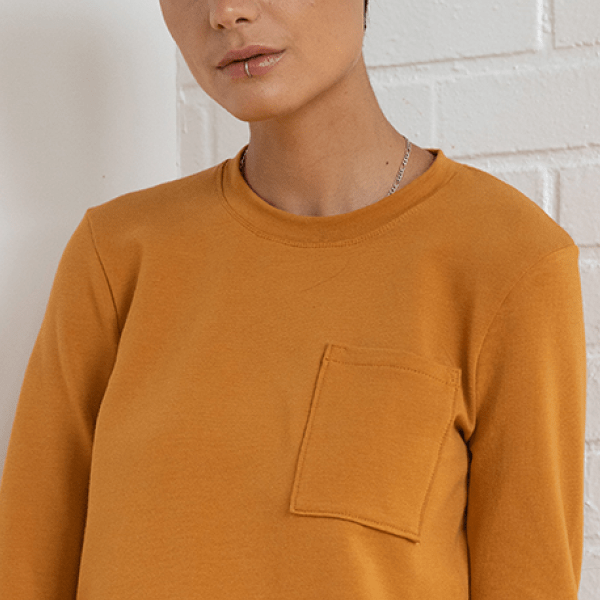
Learn to Change a Neckline
Transform your favorite patterns with this essential online sewing class focused on neckline modifications. Learn professional techniques for raising, lowering, and completely redesigning necklines while maintaining proper fit and style. Master pattern drafting skills including curve manipulation, facing adjustments, and ensuring balanced proportions. Perfect for sewists wanting to customize their garments, this class provides the tools to create your dream neckline variations.
Non-Members: Free!
Seamwork Members: Free!

Please Sign In
Please sign in to access to this free course.
No paid membership required!
Sign In
Don't have an account yet? Create one here.

Join Seamwork to get access to all our sewalongs and benefits.